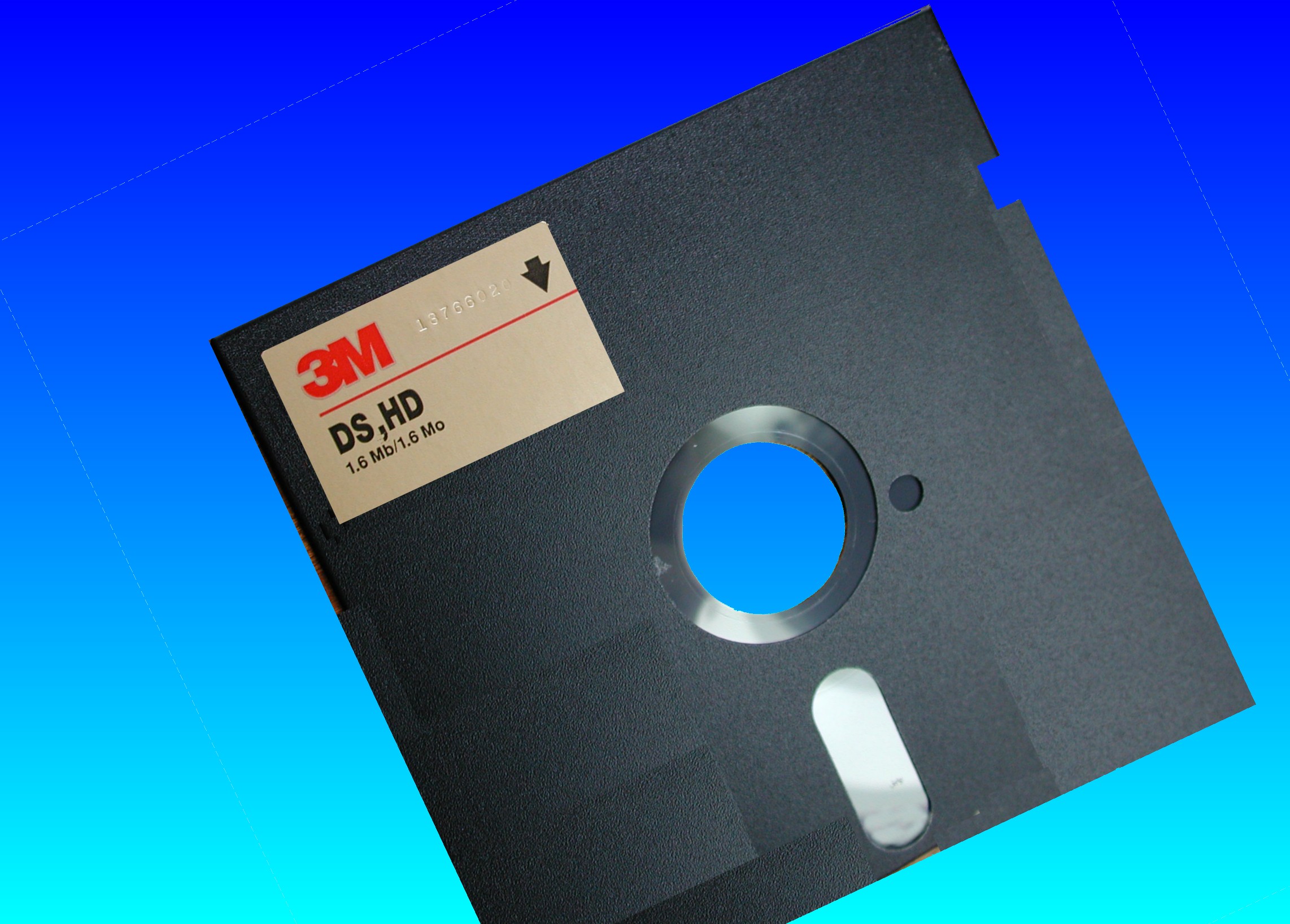

It all depends on the quality of the media, the quality of the equipment used to write the disk, the storage conditions, and equipment used to read the media. For example: while a floppy disk has an average lifespan of 3-5 years it can last 10 years or more, or it can fail after only 6 months. These are averages culled from decades of practical use, and do not represent an absolute limit. Magnetic Tape (archival quality) 10-30 years Optical Disk (burned to blank media) 2-5 years

Optical Disk (commercially pressed) 2-10 years Here is a compilation of statistics drawn from NIST, the National Archives, and the American Library Association:įlash Media (USB, CD, CFlash, SSD) 1-10 years The lifespan of physical media is often not considered, or incorrectly estimated, resulting of loss of intellectual property. The problem with physical storage is media degradation. Too often the solution is the engineering or QA department has a file cabinet filled with labelled floppy disks, hopefully with an index of what is stored there. There is a false sense of security in the concept of physical storage.
FLOPPY DISK ARCHIVE CODE
FLOPPY DISK ARCHIVE SOFTWARE
Automation software is usually not considered part of “traditional” software development, so source code, parameter files, and firmware are not included in source code management systems.Automation software is typically not managed by a corporate IT department.There are several reasons that archival projects are passed off to other departments, forgotten about, or never bubbling up to the top of the priority list: This is particularly true for manufacturing sites that employ automated equipment. These image files are to be used for archival purposes, and can be written to blank media to create an exact copy of the original disk.įor many clients I’ve worked with over the years, a commonly overlooked issue is the proper archival and storage of floppy disk and optical media. The software must work on a modern operating system (Windows 7 / Windows 8) and use a readily available off-the-shelf USB floppy drive. Determine the best software to create complete bit-for-bit images of 3.5” floppy disks that contain all data, boot information, and any “hidden” data on the disk.


 0 kommentar(er)
0 kommentar(er)
